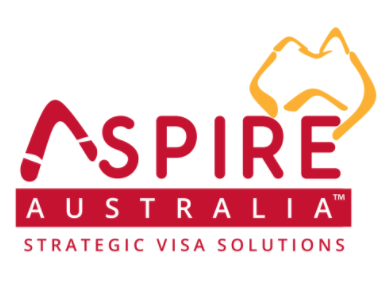At Aspire Australia, we actively guide individuals and employers through the dynamic immigration policy landscape. The Australian Government is set to implement crucial changes to its migration system to smooth the pathway to permanent residency (PR) for temporary skilled workers. Learn more about the proposed expanded Employer Sponsored Pathways to Permanent Residence for Skilled Workers in Australia, below.
Streamlining the Path to PR
From 25 November 2023*, the Department of Home Affairs will roll out key modifications to enhance the Temporary Skill Shortage (subclass 482) visa (TSS), as well as the Employer Nomination Scheme (subclass 186) and the Regional Sponsored Migration Scheme (subclass 187). These initiatives aim to create transparent, equitable PR pathways for all TSS visa streams, significantly benefiting employers and visa holders.
The rationale for the Changes
The rise in ‘permanently temporary’ visa holders in Australia has prompted the government to create more definitive pathways to PR. By offering greater certainty and simplifying the nomination process, the government seeks to attract the skilled workers essential to the nation’s needs. These changes align with the recent Outline of the Migration Strategy and the 2023 Review of the Migration System, marking the first step in a series of comprehensive skilled visa program reforms.
Who Stands to Benefit?
These amendments will affect all new Employer Nomination – Transitional pathway – visa applications lodged on or after 25 November 2023*. However, it’s critical to note that the overall migration programme planning levels will stand firm despite the increased access to PR for temporary skilled workers.
Key Changes to Anticipate
TSS Visa Adjustments:
- Come 25 November 2023*, the cap on the number of Short-term stream TSS visa applications made within Australia will no longer apply, increasing onshore application flexibility.
ENS – TRT Stream Revisions:
- Employers can nominate individuals from all TSS visa streams, including Short-term and Labour Agreement streams. Nominees must have held their TSS (or subclass 457) visa for two of the past three years.
- Nominated occupations will no longer require assessment against skilled migration occupation lists but must be listed in the ANZSCO and involve ongoing work in the nominated occupation.
- TSS visa holders will only need to have worked with their sponsoring employer for two of the preceding three years before nomination.
TRT Stream Visa Requirement Updates
- Age exemption criteria are set to change, offering a two-year pathway to regional medical practitioners and high-income earners over 45.
- Redundant COVID-19-related age exemptions will be phased out in line with the introduction of the two-year pathway.
Seizing the Opportunity
These changes present a strategic opportunity for skilled workers to secure a future in Australia and for employers to secure their skilled workers continuously.
At Aspire Australia, we are ready to provide expert guidance and support through this transition, ensuring a seamless journey to permanent residency. For detailed information and tailored advice, we encourage individuals and businesses to contact your Migration SuperHero and stay informed about the latest immigration developments.
*The implementation of these changes is pending regulation approval and may be subject to further amendments.*









